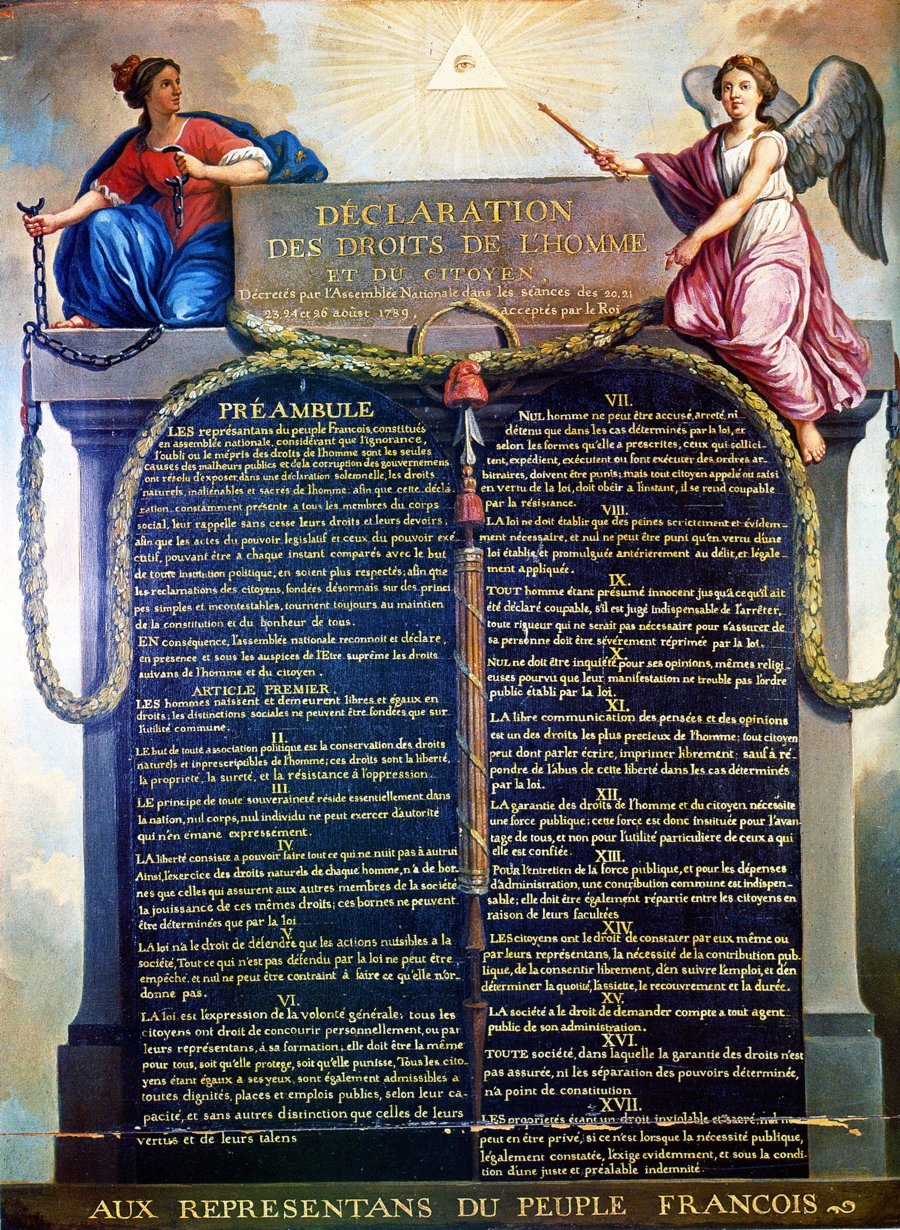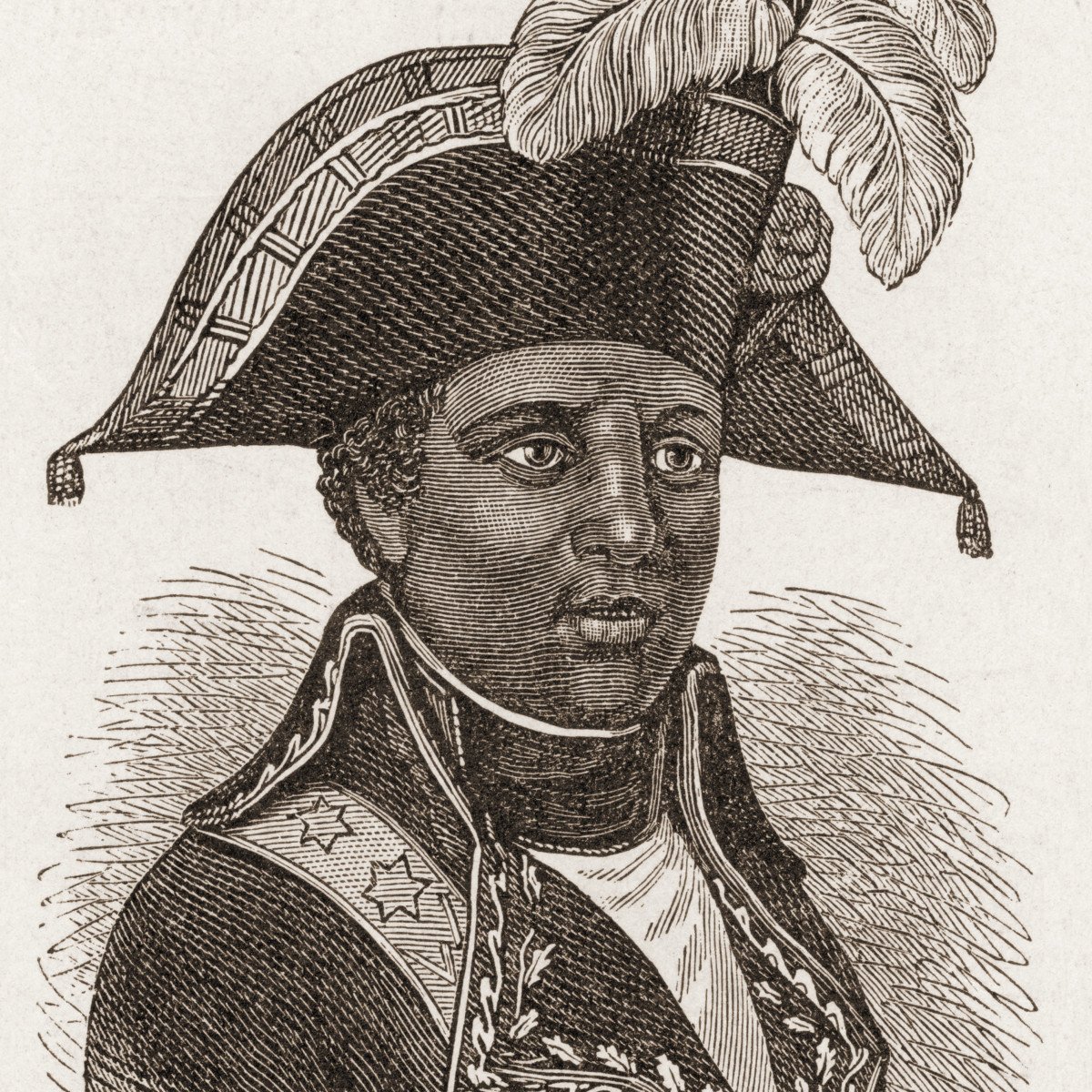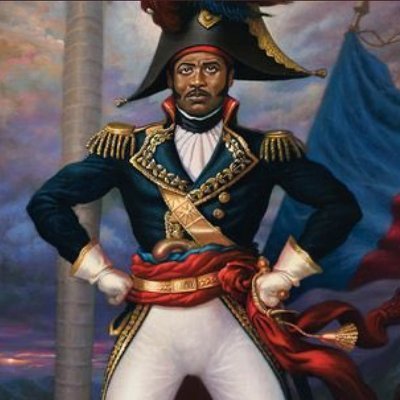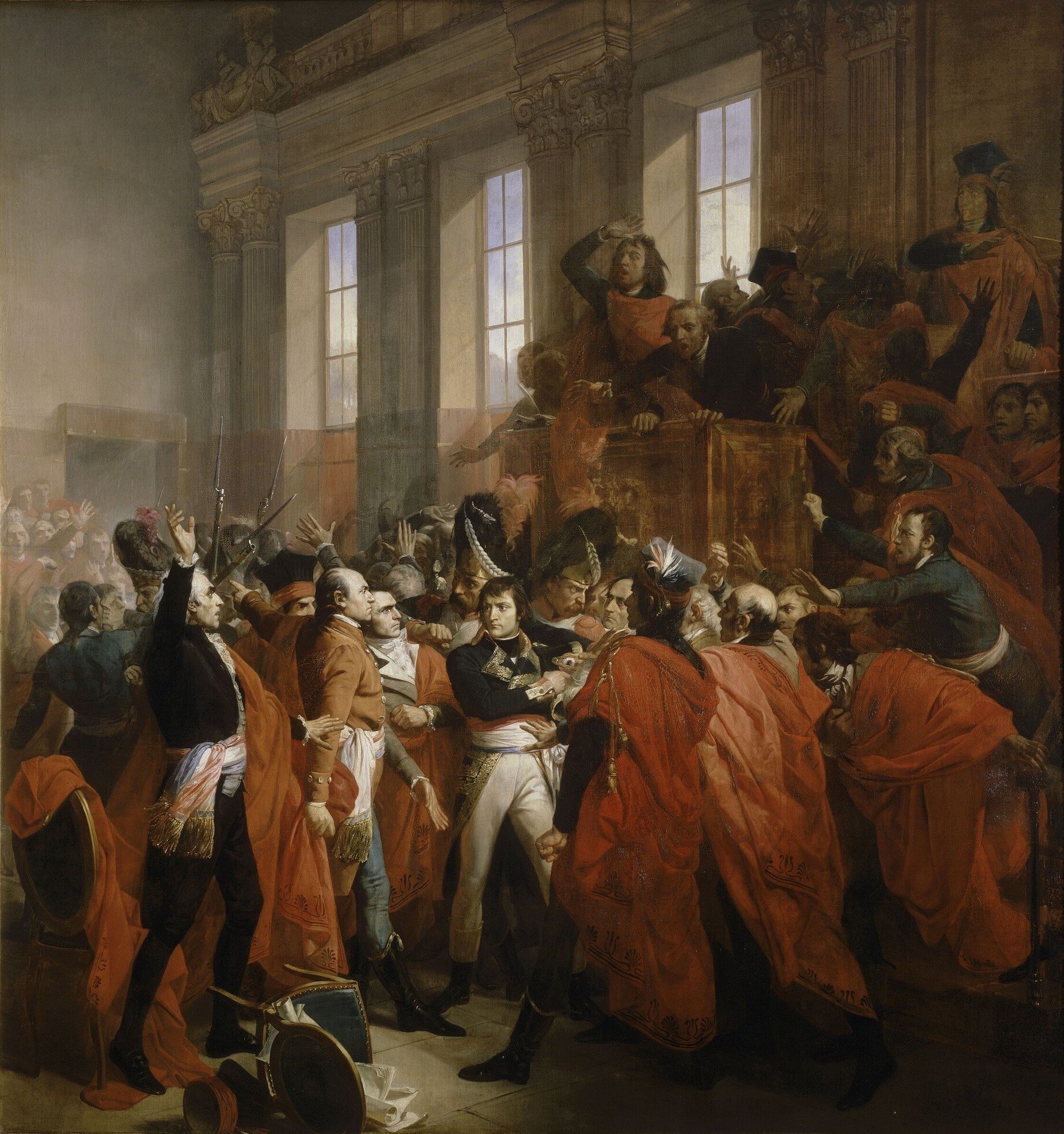Three Lessons to Learn from the Haitian Revolution
By Callum MacGregor, Editor-in-Chief of The Bristorian
In 1789, Saint-Domingue was the jewel in the crown of the French colonial administration. It was the richest colony in the world, exporting a significant share of the world’s sugar, coffee, and cotton. Such status was, however, entirely reliant on the slave trade, as 500,000 of its 550,000 inhabitants were plantation slaves, subject to the dominance of 25,000 colonists. By 1804, the slave revolution had established the Haitian state, and with it, the total metamorphosis of social, political, and economic life.
In this piece, The Bristorian explores the lessons that emerge from the world’s first successful slave revolt, and suggests how we can learn from those lessons in today’s rapidly changing world.
Lesson 1 – Mass engagement is the solution to mass exploitation
In 1791, after two years of fighting between white colonists and gens de couleurs, a slave revolt began in northern Saint-Domingue that snowballed into revolution. Between 1789-91 slaves had been fighting for both factions, despite them both being fully intent on upholding slavery. The slave insurrection of 1791 thus marked the emergence of a faction that represented slave interests for the first time, and with that, the galvanisation of an oppressed majority whose power had previously been untapped.
By 1793, the emancipation proclamation ordered that the French Revolution’s Declaration of the Rights of Man and Citizen would be implemented in Haiti, and that slaves were now free. Thus, within two years of slave mobilisation, their ‘freedom’ was enshrined in law, and the first unilateral emancipation in world history had been achieved.
The set of circumstances that prompted emancipation were unique. Haiti was experiencing the material and ideological effects of the French Revolution; the internal conflict between colonists and gens de couleurs (free people of colour), imperial invasions that resulted in seven separate factions fighting at the revolution’s height, and the presence of a revolutionary abolitionist in Léger-Félicité Sonthonax as civil commissioner. These all combined to create an historical juncture that still in and of itself would not have produced emancipation.
Carolyn Fick has convincingly argued the case that no combination of factors warranted the termination of slavery in Haiti in the absence of independent, militarily organised slave rebellion. The outbreak of war and its ensuing chaos, mixed with Sonthonax’s presence, strengthened the rebels’ hands – yet the very fact of the slaves recapturing their own agency, taking up arms and being the decisive factor in emancipation, emphasises the extent of the latent power within the masses.
The Battle of Crête-à-Pierrot, 1802
What lesson is to be learned here then? Perhaps that within a system of exploitation, elite weakness precipitates unstoppable mass rebellion. Or that elite preoccupation with their own affairs, neglecting said latent power of the masses, enables ground-breaking revolution and change through mass engagement.
The awakening of Haiti’s slave population, amidst elite chaos, to their own agency and exploitation enabled them to break free from the shackles of slavery. The Haitian Revolution shows us that the mass engagement of the oppressed is required to end their exploitation.
Today, as we march further into crippling wealth inequality, and witness the creation of a class of unaccountable billionaires bearing an unsettling resemblance to the colonial overlords of the past; it is hard not to envisage a time of acute social crisis similar to the waves of revolution from 1776-1848. When the time of crisis arises, it will be incumbent on the masses to seize their opportunity and end their exploitation.
Lesson 2 – Revolutions are not isolated events
The Haitian Revolution was instigated by, and intertwined with, the developments of the French Revolution. Historians have often commented on the ‘symbiotic’ relationship between the two revolutions, and to discuss one without consideration of the other undermines a full understanding of either event.
The material and ideological ramifications of the revolution in France were key in the creation of the unique situation Haiti found itself in by 1793. In material terms, the news of revolution in France in 1789 prompted power grabs by all three of the distinct free classes in Saint-Domingue.
The grands blancs (white elite) sought to consolidate their power and establish greater colonial authority. The petits blancs sought equality among whites and active citizenship to be expanded from the wealthy elite. The gens de couleurs pursued racial equality among the freed classes, though still supported slavery.
The opportunity presented by the uncertainty of the French Revolution prompted all three groups to take up arms to secure greater influence in Saint-Domingue. Moreover, in ideological terms, both the petits blancs and gens de couleurs seized upon the rhetoric of the Rights of Man, arguing for its signature slogan of liberté, égalité, fraternité to be implemented, albeit with varying interpretations.
In effect, these groups were all attempting their own mini revolutions to reform Saint-Domingue’s society, and in doing so, unleashed a slave revolt that eventually conquered each one of their own interests.
As seen, the developments within Saint-Domingue were profoundly influenced by those in France. The formal declaration of the French Republic in September 1792 meant that revolutionary abolitionists such as Sonthonax became present in the colony, and with them, a metropolitan idealism militarily committed to racial equality, and subsequently emancipation.
The revolution in France prompted coalition invasions within European borders, yet also prompted colonial invasions from the Spanish and British empires in Saint-Domingue. Their interventions, creating a total of seven separate warring factions at one point, emphasise the diverse influencing factors at play within any one revolution.
We therefore see the cascading effect the Rights of Man had within the setting of the Haitian Revolution. It not only triggered reactions from three separate groups in Saint-Domingue, but also indirectly induced the slave revolt, French revolutionary response, and the Anglo-Spanish invasions.


Every revolution is in itself complex, however, the lesson to learn here is that revolutions interact with each other, spread, and create consequences far beyond their intended reach. The Industrial Revolution is a further case in point, within itself it revolutionised the economic fabric of the world, yet also dramatically contributed to the revolutionary wave of 1848, or ‘Springtime of the Peoples’, among numerous other social developments.
Today, we are in the middle of two rapidly unfolding revolutions – that of biotech and infotech (I would strongly recommend Yuval Harari’s 21 Lessons for the 21st Century for further information and context on the seismic changes occurring today). Where the Haitian and Industrial Revolutions restructured economies and societies, the twin revolutions in biotech and infotech have the capacity to reconstitute our bodies and minds, as well as our economies and societies.
As evidenced by our current climate crisis, humans have always been far better at inventing tools than using them wisely. Our exploitation of coal facilitated the creation of the modern world, yet as is now apparent, it has come at the cost of the potential extinction of our species.
As we enter a world where Jeff Bezos pours billions into the search for eternal life (the biotech revolution), and entrepreneurs increasingly manipulate our brain chemistry through predatory algorithms (infotech), we must be vigilant of the ramifications that await our societies as a result. Through exploring the Haitian Revolution, we learn that revolutions intersect and combine to transform societies in unimaginable ways, and in doing so, create the most unintended consequences – never has that message been more pertinent than now.
Lesson 3 – Duplicity is inherent in the game of war and revolution
By 1801, Toussaint Louverture, the renowned leader of the slave rebellion, had gained control of the entirety of Saint-Domingue and declared himself Governor-General for life. In doing so, his forces had beaten the six other competing factions in Saint-Domingue into submission.
Key to Toussaint’s victory was his ability to play all sides at once. Until April 1794 he and his forces had been fighting for the Spanish, at which point he sensed the opportunity to debilitate their efforts and fight their continued commitment to slavery.
On the 29th of April 1794, the Spanish garrison at Gonaïves was suddenly routed by black troops fighting for “the King of the French”. Though Toussaint initially protested innocence, he took responsibility for the attack on the 18th of May having defected to the French Republic, who had now committed themselves to emancipation.
From 1794-7 Toussaint maintained an alliance with the French delegation in Saint-Domingue. While continually being promoted by Governor Laveaux, he established a significant powerbase under their noses.
With his own power established and Laveaux leaving the island in 1796, Toussaint was able to consolidate his authority further. He expelled French commissioners, Sonthonax and Hédouville who stood in the way of his ambition. Yet at the same time he assured the Directory (the governing five-member committee of France from 1795-9) of his loyalty to the French government and became the unquestioned leader of the north of Saint-Domingue.
After Toussaint had won authority over the whole of Hispaniola (Saint-Domingue and neighbouring Santo Domingo), his constitution of 1801 prompted a Napoleonic invasion over fears he was preparing the island for independence. Whether or not this was his intention is disputed, yet the uncertainty surrounding his position is emblematic of the deception Toussaint employed to consolidate his power.
Nonetheless, months of brutal fighting ensued, prompting an amnesty for Toussaint’s generals in return for recognising French authority. However, Jean-Jacques Dessalines, Toussaint’s second in command and trusted accomplice throughout the revolution, informed the French of Toussaint’s failure to fully comply with the ceasefire.
Toussaint was thus arrested and died in a French prison in 1803. Dessalines meanwhile took up the vacant leadership and inspired the ex-slave forces to independence, proclaiming himself the Emperor of Haiti in 1804.
Evidently, duplicity and deceit were key determinants within the course of the Haitian Revolution. Toussaint outmanoeuvred the Spanish and French by feigning loyalty whilst plotting the means with which to dismantle their causes, yet ultimately fell victim himself to the betrayal of his most trusted general.
Thus, in the game of war and in the course of revolutions, duplicity is ubiquitous. Revealing one’s hand at the wrong moment will prompt one’s demise. Just ask Emmanuel Sieyès, who upon informing Napoleon of his planned coup against the French Directory in 1799, then fell victim to Napoleon’s own plot: a coup within Sieyès’ planned coup, that ended with Napoleon as First Consul of France.




As discussed in the previous lesson, we are undergoing twin revolutions in biotech and infotech – you have now seen how the Haitian Revolution’s turning points were spurred by the deception of Toussaint. Thus, do not be surprised when our tech overlords volte-face from ‘benevolent’ data collection into outward data-related oppression.
Revolutions are by their nature chaotic processes, and amongst the chaos, timing is everything. The key to shifting the revolutionary tide is in identifying where the status-quo is susceptible to change, and from that point withholding your hand until the status-quo is weak enough to be ruthlessly exploited.
Toussaint was a master of withholding his true intentions and striking when the time was right, cultivating the Haitian Revolution in his own image. Thus, be wary of those steering our revolutions in infotech and biotech – for I doubt they have their true intentions laid bare.
Further Reading
C. Fick, The Making of Haiti: The Saint Domingue Revolution from Below (1991).
Y.N. Harari, 21 Lessons for the 21st Century (2018)

